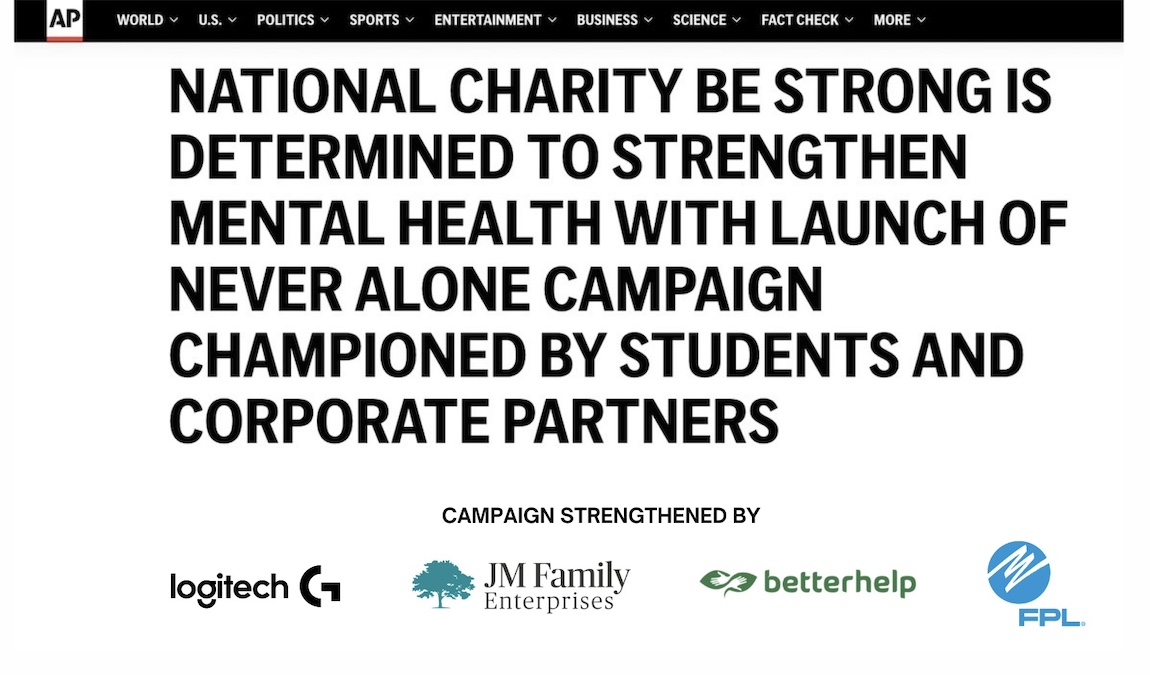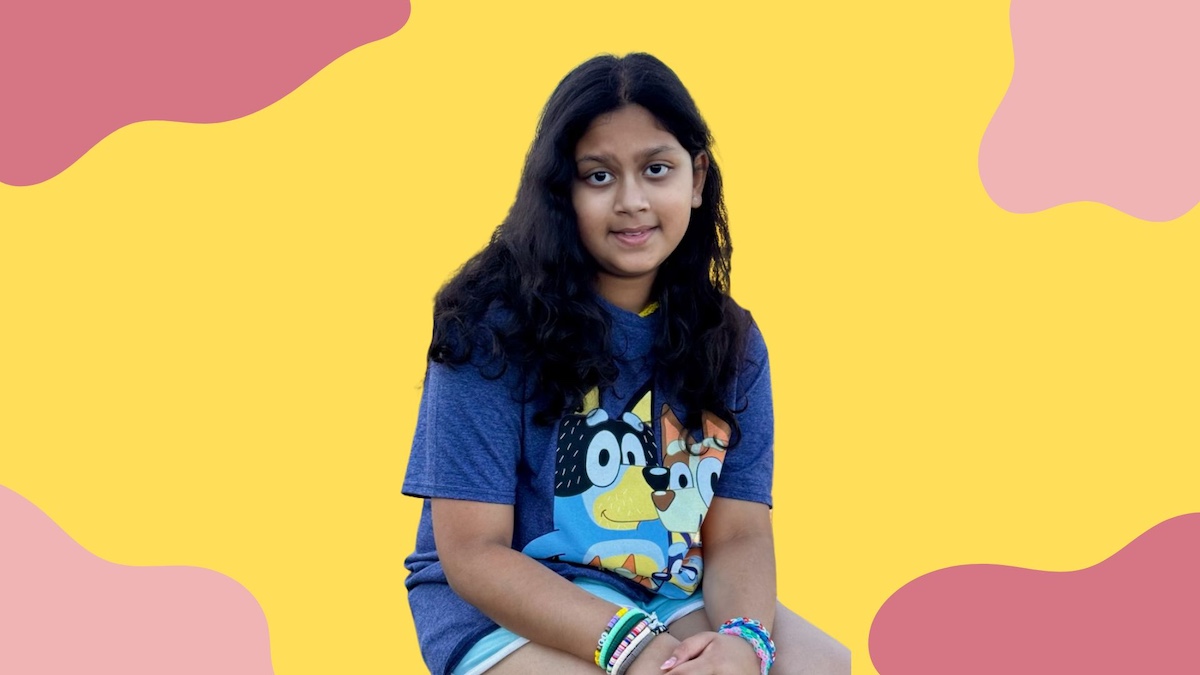By Izzy Kalman, MS, NCSP
Bullied kids need to learn how to respond when told to end their lives.
“Boy (13) kills himself because bullies told him to.” That was the headline to a news story on April 10 in News24.com.
Young people taking their own lives is one of the most common themes of bullying news stories. In many of these cases, the children died by suicide shortly after kids told them to.
Headlines like the one above do an excellent job of inciting our outrage against the socially aggressive people of the world. They spur us to wonder how children can be so evil. However, inflaming passions against others helps no one. It also facilitates amnesia regarding the nature of children. Kids often blurt out their immediate thoughts with no censorship. They don’t necessarily mean what they say or foresee the consequences. I seem to recall having heard kids tell others to kill themselves during my own childhood. Who knows – maybe even I did it. What kids really mean when they tell someone to kill themselves is that they are really mad at them. If they sound angry when saying, “Go kill yourself,” we can be certain that is the case.
I’ve been warning for two decades about the dangers of the popular approach to bullying, which treats it like a crime from which children need to be protected and perpetrators need to be apprehended, judged and punished. The increasingly commonplace news stories about bullied children succombing to suicidal thoughts have been sadly validating my predictions. Many of these children would still be alive had they been presented with a better way of handling their situation. How sad it is that children should think they need to obey directives to kill themselves. This article, therefore, will show how kids can respond effectively to “Go kill yourself” so that they reach a better social situation rather than the grave.
No one “makes us” kill ourselves
News stories blaming suicide on socially aggressive kids are misleading. First of all, the reporters never conduct an investigation to determine that the kids they are labeling “bullies” actually fit the criteria. They simply label any kid that does something mean as a “bully.”
But more significantly, unless someone does something like put a gun to our head and say, “Do what I tell you or I’m going to blast your brains out,” no one “makes us” do anything. Our actions are ultimately a result of decision-making processes that occur within our own skulls.
When bullied children choose to end their lives, it is never a response to their first experience of being mistreated. It never occurs when a happy, popular child is one day told, “You should kill yourself.” It is always the last stage in a history of being picked on, an ultimate act of despair over the failure of all their counterproductive efforts and those of their advocates to put a stop to the bullying. Often, being told to kill themselves is the straw that tips the scales in favor of suicide.
Stop blaming schools
Thanks to the teachings of the academic bullying field, schools are now held responsible for bullying among students, and parents file lawsuits against their schools when their bullied children turn to suicide.
Most of these children and/or their parents did, indeed inform the school about the bullying, but the bullying continued and escalated. There is no justification for holding schools responsible for failing to stop the bullying because research has shown that the anti-bullying policies they are required to follow are not likely to solve the bullying problem and may even escalate it.
Unless the school has a reliable way to stop kids from being mean to each other, parents should be cautious before turning to the school authorities for help. If the school fails to make the situation better, it is likely to make it worse. The child can earn a reputation as a tattletale or a snitch, which can be a social death sentence.
The best solution
Logically, the best solution to bullying is to teach kids how to defuse it on their own. If I know how to get you to stop bullying me, I don’t need to hope that bystanders, teachers, administrators and counselors will be around to save me. I can solve my problem by myself, and you won’t be mad at me for snitching on you. You will have no motivation for revenge, and I will have no motivation to end my life.
Using the Golden Rule
The philosophical basis of the solution is the Golden Rule, which guides us to treat people like friends even when they treat us like enemies. Doing so is contrary to our nature. Social creatures are biologically programmed for reciprocity, meaning that we are to be nice to those who are nice to us and mean to those who are mean to us. We are hardwired for reciprocity because it is a good strategy for survival in nature, where our basic biological program was instilled in us. When we lived in nature, if another individual was mean to us, they may have been trying to eat us for dinner. If we couldn’t escape, we had better have been even meaner back.
But we no longer live in nature. We don’t eat each other for dinner, and we are not allowed to injure or kill each other no matter how angry we are. Today, following our instincts often leads us to failure rather than success. We need to use our brains to override our instincts. Thus, acting by the Golden Rule requires thinking.
Role-play demonstrations
First, the instinctual response to being told to kill yourself:
Instigator: You should kill yourself.
You: How dare you say such a horrible thing?
Instigator: It’s true. Everyone hates you. Do us all a favor and jump off a bridge!
You: That’s not true! Lot’s of people like me!
Instigator: Yeah? Name one.
You: Tommy likes me!
Instigator: What are you talking about? Tommy talks trash about you behind your back.
You: I don’t believe you! You are making this up!
Instigator: No, I’m not! Go ask him.
You: I don’t have to ask him. I know he’s my friend!
Instigator: What a loser! You have no friends. If you kill yourself, no one is going to miss you.
As you can see, treating the instigator like an enemy is likely to lead to continued bullying, exclusion and suggestions to kill yourself. Maybe some observers will feel sorry for you, but they won’t respect you because you come across as a loser.
Now, for a Golden Rule response, which leads to a win/win. In this case, you tell yourself that if kids are telling you to kill yourself, they must have a good reason. Of course it won’t go exactly as in this manufactured scenario, but the results will be much better if you treat the person telling you to kill yourself like a friend.
Instigator: You should kill yourself.
You: Hey, you must really be upset with me.
Instigator: Not just me. Everyone hates you.
You: Yeah, so many kids have been treating me like dirt lately. I wonder why.
Instigator: Duh! You’ve been acting like a major loser.
You: How?
Instigator: You’ve been getting kids sent to the principal.
You: Really? Is that why?
Instigator: Well, that’s the main reason.
You: But kids have been saying terrible things to me. The school told us to tell when we’re being bullied.
Instigator: Only babies tell.
You: So I guess I should stop telling.
Instigator: Duh!!
You: Are there other reasons kids don’t like me?
Instigator: Yeah. You’re ugly.
You: Not everyone has genes for beauty.
Instigator: You sure don’t!
You: You’re lucky you look great. But I’ve always looked like this. Are my looks the real reason kids have turned against me?
Instigator: I guess not. But try to be cool. Stop running to the principal.
You: Good advice. Thanks!
Instigator: You’re welcome.
There are reasons other than telling that can cause kids to hate you. Let’s say you’re a girl in high school and another girl believes you’ve been hitting on her boyfriend.
First, responding the instinctual way:
Instigator: Go kill yourself!
You: Shut up! Why are you saying that?
Instigator: Stay away from Ted. He’s Vanessa’s.
You: I can talk to whoever I want! Ted doesn’t belong to anyone!
Instigator: You’re really asking for trouble!
You: No, I’m not. You can’t tell me what to do!
Instigator: Yes, I can! Stop talking to Ted or someone’s going to kill you!
You: Don’t you threaten me!
Instigator: So kill yourself and no one’s going to have to do it for you!
Again, this will result in escalating hostility. Now, a Golden Rule approach:
Instigator: Go kill yourself!
You: Why are you saying that?
Instigator: Stay away from Ted. He’s Vanessa’s.
You: Does she think I am trying to take him away from her?
Instigator: Duh! You’re always talking to him.
You: He’s in my class. I talk to everyone.
Instigator: Well, you better stop talking to Ted.
You: I’ll go talk to Vanessa about it. I don’t want her to think I would do anything against her.
Instigator: Yeah, that’s a good idea.
You: Thanks for telling me she’s mad at me.
Instigator: You’re welcome.
Much better this time, and so much easier. But we can’t expect kids who are in the midst of interpersonal difficulties to solve them on their own. It doesn’t come naturally for most people. It needs to be taught and practiced.
Izzy Kalman is a Nationally Certified School Psychologist and lead author of the Be Strong Resilience Program.
If you feel you are in crisis, please call the National Suicide Prevention Lifeline now at 1.800.273.TALK (8255), or contact the Crisis Text Line by texting “HOME” to 741741 in the US (686868 in Canada). If you are in an emergency, call 911 or go to your nearest emergency room.






